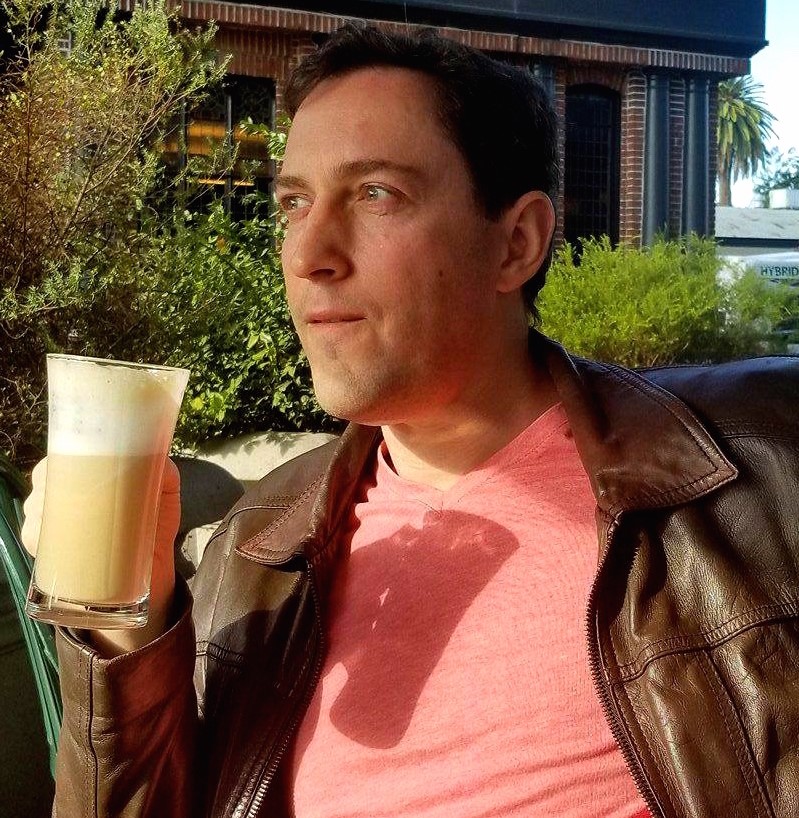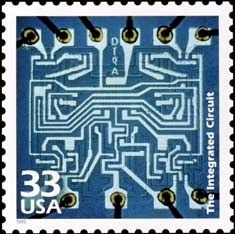
|
Igor Markov

Professor of Electrical Engr. and Computer Science
(CSE Division), IEEE Fellow
See our projects in Hardware security
(1,
2),
Post-silicon validation
(1,
2),
Probabilistic Test of Nanocircuits,
VLSI Routing,
Placement and Physical Synthesis
(1,
2,
3),
Quantum circuit synthesis (PDF, IEEE Trans. on CAD),
simulation and
quantum software (PDF, IEEE Computer),
High-performance Algorithms for the Graph Automorphism problem
(1,
2,
3)
|
| Address: | The University of Michigan |
Phones: |
o (734) 936-7829
|
| | |
Fax: | dept (734) 763-4617,
web (435) 417-5485 |
| | 2260 Hayward St. -- CSE |
Email: |
|
|
Ann Arbor, MI 48109-2121 |
Office: | 4749 BBB |
|

|
Research Overview
Publications and presentations
My Erdös Number
is 3 (through John Hayes & Frank Harary or
Mike Hutton & Ron Graham or
Paolo Codenotti & Lázsló
Babai)
One could say that most of the empirical predictions of special relativity
were in place well before Einstein came onto the scene.
What was being begged for in the years between 1895 and 1905 was an
understanding of the origin of that abstract, mathematical structure --- some
simple, crisp physical statements with respect to which the necessity of the
mathematics would be indisputable. Einstein supplied that and became one of the
greatest physicists of all time. He reduced the mysterious structure of the
Lorentz transformations to two simple statements expressible in common
language:
- The speed of light in empty space is independent of the speed
of its source.
- Physics should appear the same in all inertial reference frames.
The deep significance of this should stand up and speak overpoweringly
to anyone who admires these principles.
Karl Pearson, "Historical note on the origin of the normal curve of errors",
Biometrika 16: 402-404 [p. 403]:
The fact that Stirling showed that De Moivre's arithmetical
constant was root-2pi does not entitle him to claim the theorem.
From the Wikipedia
entry for Thales
In addition to two theorems known as
Thales' theorems,
Eudemus attributed to Thales the discovery that a circle is bisected by its
diameter, that the base angles of an isosceles triangle are equal and that
vertical angles are equal. It would be hard to imagine civilization without
these theorems.
It is possible, of course, to question whether Thales really did discover these
principles. On the other hand, it is not possible to answer such doubts
definitively. The sources are all that we have, even though they sometimes
contradict each other. (The most we can say is that Thales knew these
principles.)
|


